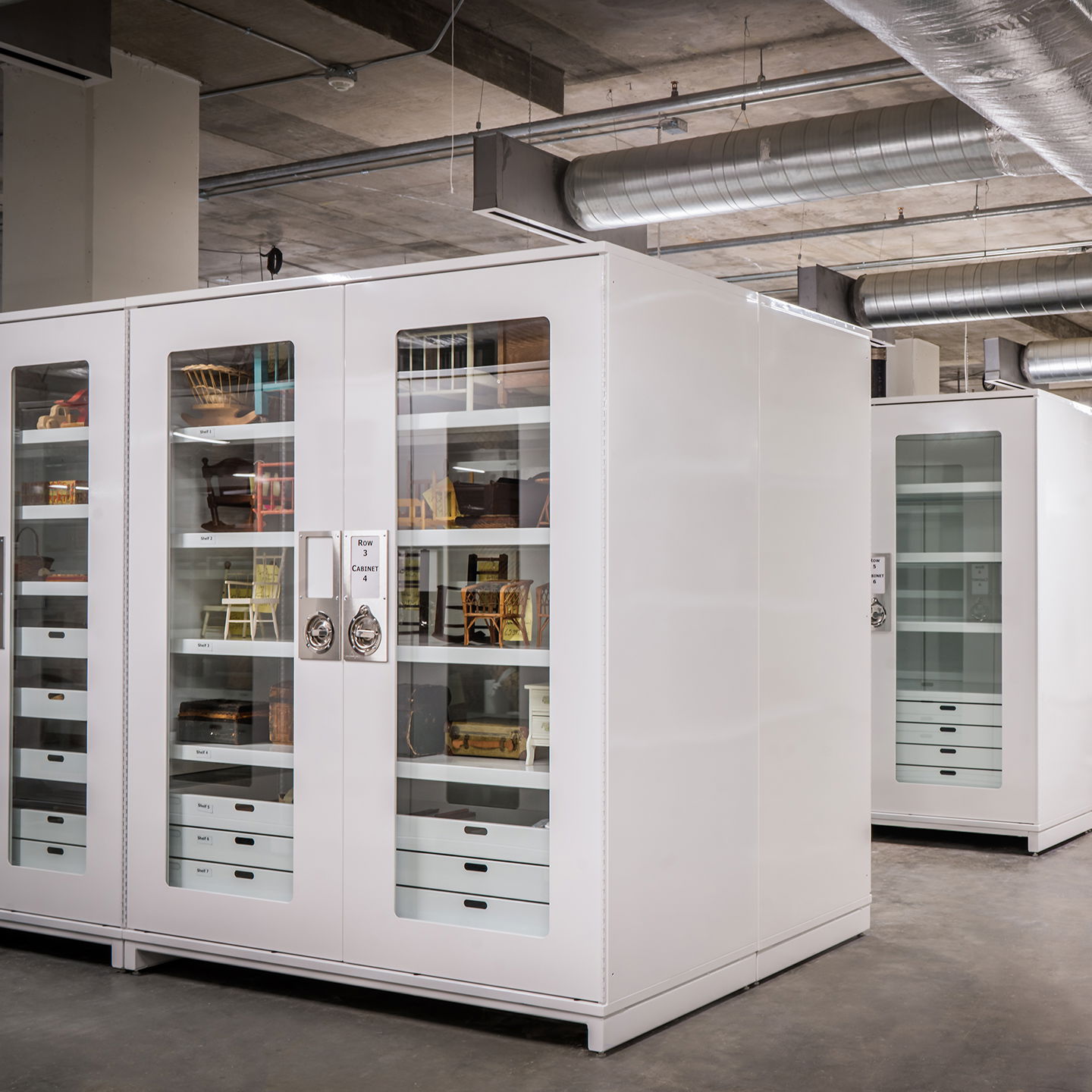Case Study MISSISSIPPI CIVIL RIGHTS MUSEUM CASE STUDY

In late 2017, during the state’s bicentennial, the landmark Mississippi Civil Rights Museum opened its doors to visitors from across the state and nation. The eight galleries at the Mississippi Civil Rights Museum focus unflinchingly on Mississippi’s troubling past and its role as geographical ground zero for a national Civil Rights Movement. A decade prior, the hurricane winds of Katrina forced the shutdown of the Mississippi Museum of History. The collections of the Museum were salvaged and the state’s most treasured artifacts emerged from floodwaters to greater visibility than before, now exhibited and stored at two conjoined museums, protected by advanced, environmentally-sealed museum collections storage from Delta Designs.
For the staff of the Museum Division of the Mississippi Department of Archives and History who witnessed it, the memory of the morning after Katrina’s wrath still evokes visceral pain.
Nan Prince, Director of Collections, remembers stepping into the storage room at the Old Capitol that housed 3-dimensional artifacts spanning centuries of state history. The storm had peeled away the rooftop, leaving the collections exposed to the storm. Her first sight was a row of once-colorful Choctaw baskets, their ancient dyes washed away by hours of torrential rains.
“It was horrifying,” recalled Prince. “By the time we got in there, there was still water all over the floor, and everything was just drenched. It was heartbreaking.”
Conservationists joined staff, working furiously to arrest ongoing damage and transport 12,000 artifacts from the structurally-compromised site to a dry storage facility. The objects remained boxed away for more than a decade while state-allocated support could be secured for a new structure housing both the Mississippi Museum of History and the long-sought-after Mississippi Civil Rights Museum.
Of the 25,000 artifacts in the combined collection, a little over 10% were slated to go on exhibit. Several years before shovels broke ground on the new museum building, collections staff and architects worked closely with Delta Designs staff to work custom museum collections storage into structural plans.
“Delta helped us to lay out the storage and determine what type of cabinets we
needed, how many, and where they should actually be placed,” said Prince. “They worked with our architects, as well, and helped to get on state contract the particular cabinets that we needed, because we’re very strict about what we can buy, being a state agency. They know the workings of government agencies.”
The staff’s ability to effectively store collections had been previously stunted by space constraints; the new building and addition of Delta storage solutions undoubtedly proved convenient to the work moving forward.
“We were just out of space and everything that we had was stored, primarily, in boxes. Once we got to our new facility we were able to empty those boxes, lay everything out flat, get them into the cabinets and actually see the collection for the first time,” said Prince.
But beyond the convenience factor, the addition of Delta’s museum collections storage lifted spirits to heights not experienced since before Katrina’s dark shadow fell over the collections.
“There’s a feeling of relief. The space is part of it, but also not having to dig through a box to get an artifact, it’s just there in front of me, and I don't have to have the potential of harming other artifacts while trying to get to the one I really want to get to. Relief is probably the biggest feeling, and excitement. It is awesome to walk in here and see it,” said Kathleen Barnett, Collections Manager.
A recent leak at the new facility was an uncomfortable reminder that the potential for damage still looms.
“There was water standing on top of the Delta cabinets, but the interiors weren’t wet. The gaskets along the doors and openings keep water out, and also protect the environment inside the cabinets,” said Prince. “We feel very good about the water tightness of these cabinets.”
